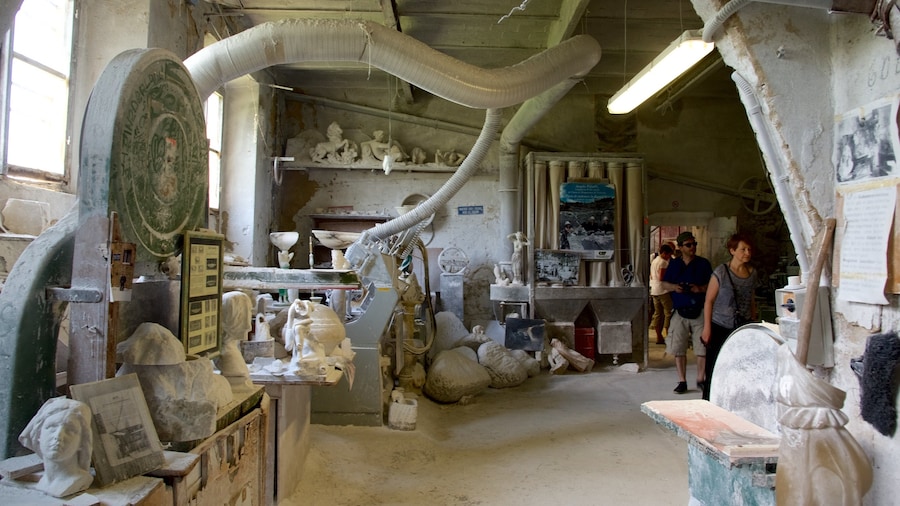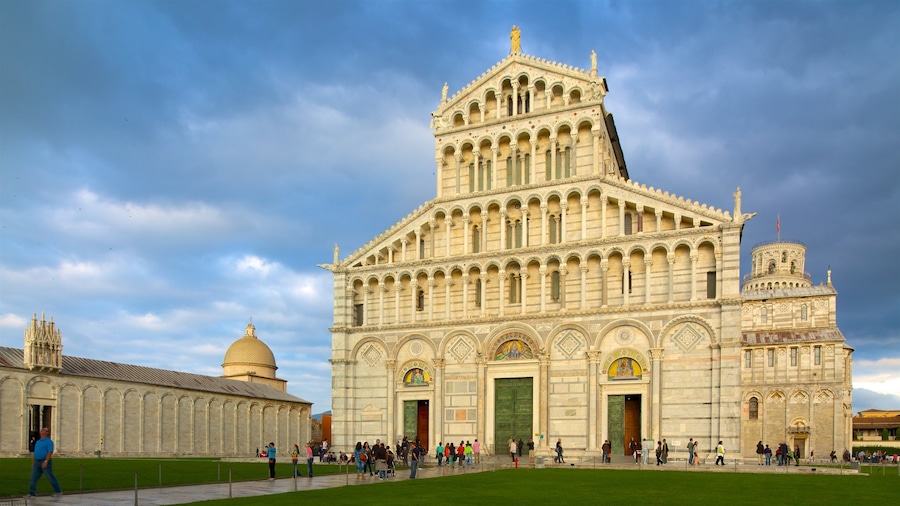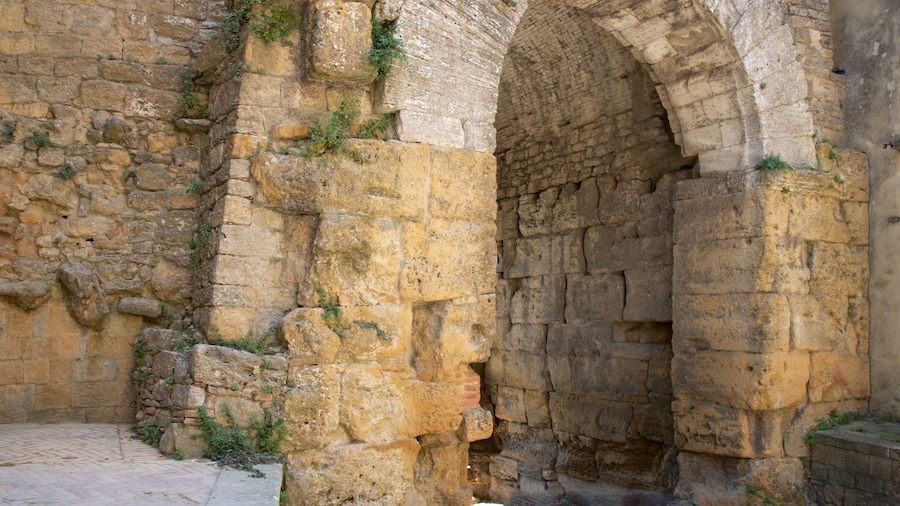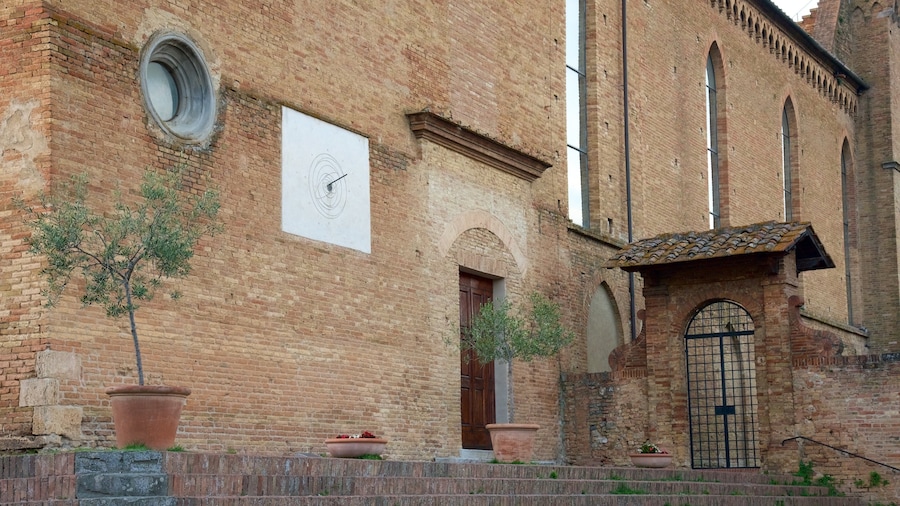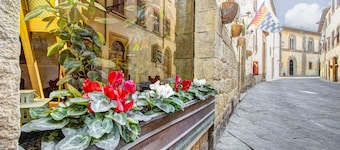Wander to the north of historic Volterra to discover the remains of an ancient amphitheatre, which still bears many of its original features.
The Roman Theatre in Volterra maintains many of its original structural elements, providing fascinating insight into what a typical theater from the era may have looked like. Imagine yourself as a spectator in this atmospheric ruin and learn about how it worked two millennia ago. The remains of Roman baths behind the theater further add to the picture of life in ancient Volterra.
Survey this landmark funded by the Caecina family, who lived in the 1st century B.C. under the reign of Emperor Augustus. An epigraph discovered here suggests that they built it in tribute to their ruler. It wasn’t until the 1950s that the site was discovered by a Volterran archaeologist, who found it in a remarkably well-preserved state.
Explore the sunken amphitheater to find features that were typical in Roman auditoriums. Enter the theater through a tunnel that emerges into the middle of the arena. The semicircular, tiered seating was known as the “cavea” and it seated up to 2,000 people in its heyday.
Admire the technical and architectural achievements of ancient theater. The “aulaeum” is a channel by the stage that held the curtain, while the “porticus post” was a lobby area behind the theater where the audience relaxed before and after performances. Marvel at the still-standing remnants of the “scenae frons,” a two-tiered marble wall at the back of the stage.
On the same site as the theater, find the ruins of baths that were also built by the Romans. Trace the layout of the bathing complex in the ruined walls. You can still see where hot air was channeled into a sauna room.
Buses stop directly outside the Roman Theatre but you can also walk there in under 10 minutes from Piazza dei Priori. Buy a Tariffe Volterra Card for access to the theater and other nearby attractions such as the Ecomuseum of Alabaster and Guarnacci Etruscan Museum. The theater is open daily throughout summer and during weekends from November to March.





